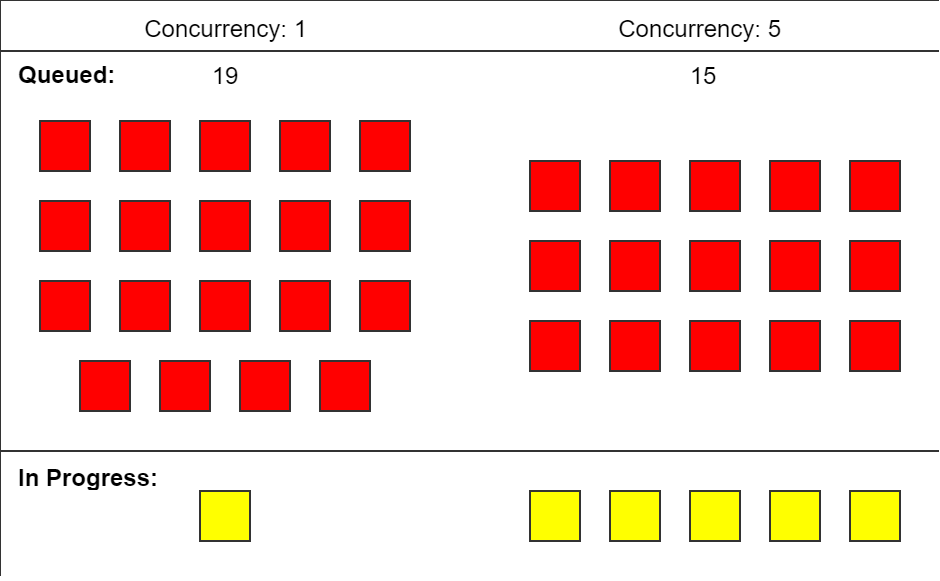API Performance and Limits
This article provides clarity around the performance and limitations users will experience using the Weather API.
API Performance
In the Open Access Tier, API Performance can vary widely based on the number of users and the amount of data being requested. High request volume or requests for large amounts of data can increase API response times, as the resource pool is shared with all Open Access users.
In the Commercial Tier, there is a dedicated resource pool that scales to meet API request volume. The scaling pool allows for consistent performance and response times during periods of increased API traffic..
Number of Simultaneous Responses (concurrency)
The number of simultaneous responses are the number of concurrent requests that are processed by Weather API at the same time. Our system allows up to 20 requests at a time, which by default are processed consecutively one at a time (concurrency of 1). If you have a concurrency of 5, then up to 5 requests can be processed at once.

Example: If each request takes 1 second, and you have a concurrency of 1, it would take a total of 20 seconds to get back all of your 20 requests.
If each request takes 1 second, and you have a concurrency of 5, it would only take 4 seconds to get back all of your 20 requests.
Spatial Limitations
Depending on usage and tier level, certain spatial limitations may be placed on users and reflected within their API request output. These limitations are listed among the features for Open Access and Commercial tiers.
For example, an API user with access only to observations within Germany querying the Latest Service for Global METAR stations would receive all the stations with the countries borders, but not observations in France or any other European country.
Historical Data Access
Similarly to Spatial Limitations, depending on usage and tier level, temporal limitations may be placed on users and reflected within their API request output. These limits are defined in years previous to the current time. These limitations are listed among the features for Open Access and Commercial tiers.
For example, an API user with 1 year of historical data access makes a Time Series request at 12:42 UTC on June 20th, 2023 for data spanning from January 1, 2000 to the current time. Within the API response, they would receive data from 12:42 UTC June 20th, 2022 until 12:42 UTC June 20th, 2023, excluding data before June 20th, 2022.
Consider your usage tier and contract settings if you notice potentially missing data for a successful request. Correctly formatted queries will only return data for active stations that are within contract-defined spatial and historical limits. If you see a response message such as "No stations found for this request, or your account does not have access to the requested station(s)."
, then either no data is available for the requested parameters, or the stations are not provisioned in your contract settings.
